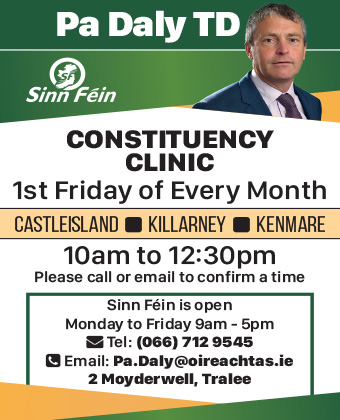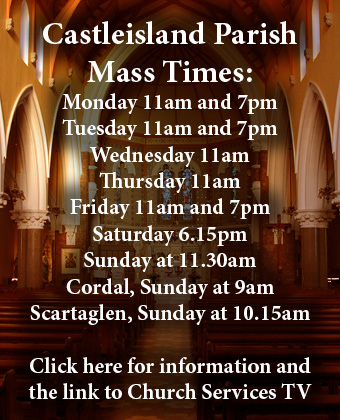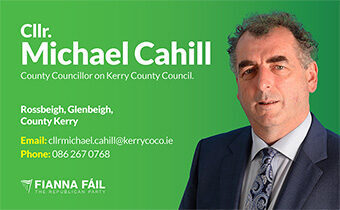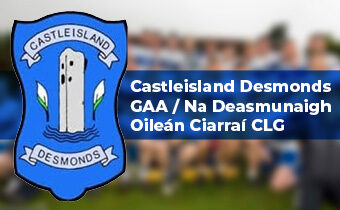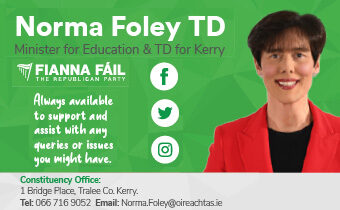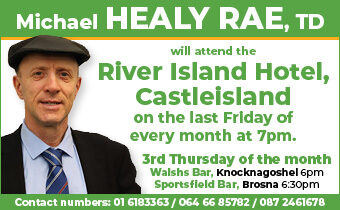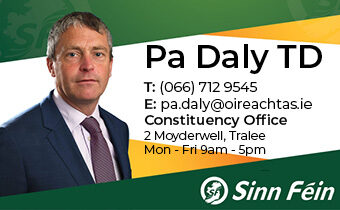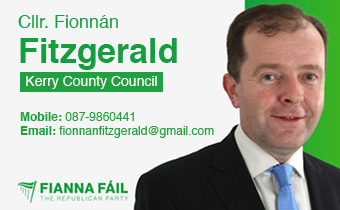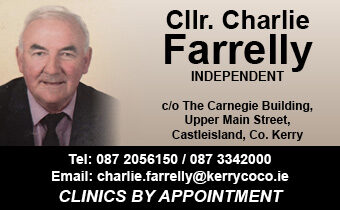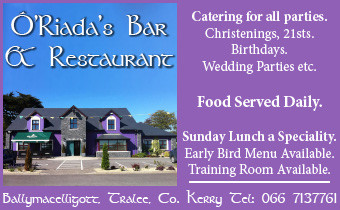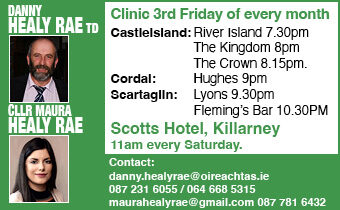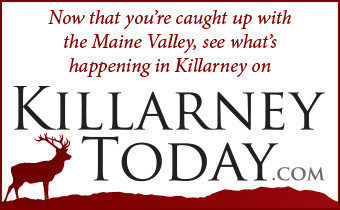

There’s a monument beside Ballykissane Pier outside Killorglin to the three first men to die in what was proposed at the time as the Easter Rising of 1916.
It could double as a monument to the Ireland of that time. To a country where a lack of the most basic tools of communication acted like a blind-fold to the progress in the fight against the ‘Forces of the Crown’ as they are referred to – even to this day.
It’s a monument to the futile loss of life and to a local tragedy many times mirrored on a national stage at that time.
A car carrying four IRA volunteers took a wrong turning on that Good Friday night of 1916. In total darkness and a breakdown of the little means of communication available to them, their car plunged off the end of Ballykissane Pier.
Three of the four occupants of the fateful car died there and then: Con, Keating, Caherciveen; Dónal Sheehan, Monagea, West Limerick and Charlie Monahan, East Belfast. The fourth occupant, Tom McInerney from Limerick City was, somehow, the only survivor of that tragic night.
It was to be a considerable time before the full story and it’s futility was to become known.
Locals believe that they were given directions in Killorglin and that they were either wrong from the source or misinterpreted by the occupants.
The only local in the car, Con Keating – after whom the GAA grounds in his native Caherciveen is named, was asleep in the car at the time.
Local lore also has it that lights in houses across the river played a big part in leading them on and over the edge of the pier.
Their mission was to knock out vital British Navy radio communications being transmitted from the Caherciveen and Valentia area. They were to capture the equipment and bring it to Tralee to stay in contact with the Aud – the German submarine which was carrying the arms assembled in Germany by Roger Casement.
The 20,000 rifles now famed in song and story and their transporters had no radio equipment on board and hence the futility of lost lives.
At Saturday’s commemoration, Castlemaine native Séamus Nagle placed a wreath and saluted the memory of the fallen.
An amalgamation of pipers from various parts of Kerry marched and played their music tributes to the occasion – which was attended by a crowd estimated to be close to 100.
Martin Ferris, TD gave what master of ceremonies, Cllr. Damian Quigg described as an inspiring speech.
Deputy Ferris castigated the present Fine Gael / Labour government and their pursuit of policies which made a struggle to survive part of an everyday reality for those outside of the ‘golden circle’ of the Ireland of today.
He said that the policies of the current government fell well short of the proclamation’s promise to cherish all the children of the nation equally and that the Sinn Féin struggle would continue until those wrongs have been put to right.
Glenbeigh resident, Jacko Le Brois then read the 1916 Proclamation and West Kerry singer, Mossie Scanlon was asked to sing the hauntingly beautiful if blood soaked ‘Róisín Dubh’ and Cllr. Quigg wrapped up the commemoration by appealing for an all-out effort to mark the centenary of the Easter Rising in Kerry in 2016. He then called on the pipers to play Amhrán na bhFiann.







